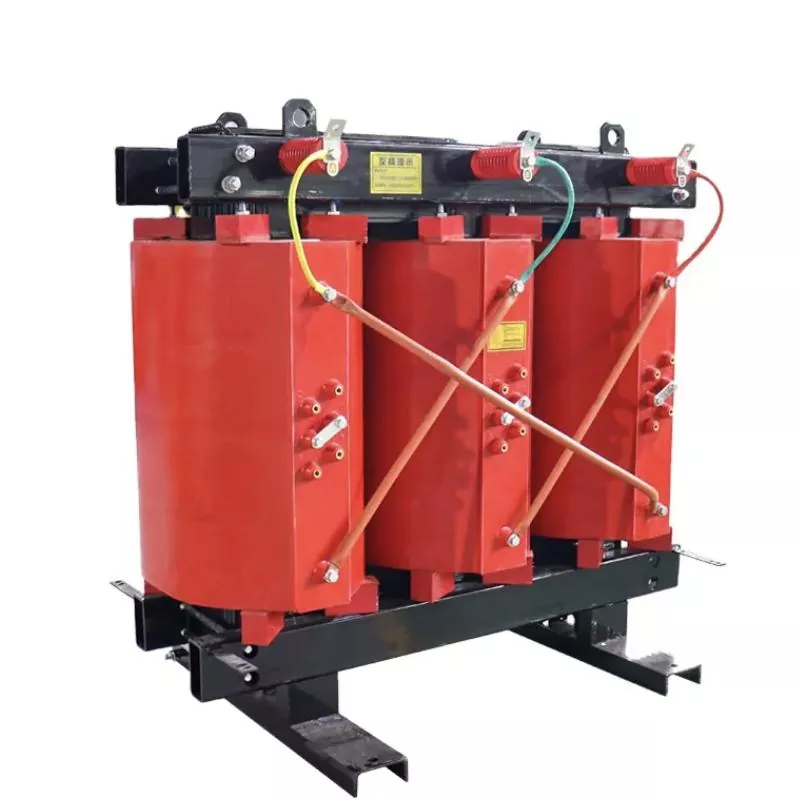What Are the Key Applications of Electrical Insulators in Utilities
2025-09-30
When we talk about keeping the lights on and power flowing safely, the unsung hero is often the Electrical Insulator. In utility grids, these components are not just accessories; they are fundamental to system integrity, safety, and efficiency. Their primary role is to prevent the uncontrolled flow of electricity, supporting and isolating conductors to ensure power goes only where it’s supposed to.
So, what are the critical applications where you will find Electrical Insulator units hard at work
-
Transmission Lines: Here, high-voltage lines carry electricity over long distances. Robust insulators, like suspension or pin types, are used on towers to prevent power from arcing to the grounded structure. This is the first and most visible line of defense in the grid.
-
Substations: These are the nerve centers of the grid. Insulators are used in circuit breakers, switchgear, and busbars to isolate energized components, manage different voltage levels, and protect equipment and personnel from faults.
-
Distribution Networks: As power steps down to lower voltages for local use, insulators on poles and crossarms continue to provide essential isolation, ensuring safe delivery to homes and businesses.
-
Transformer Bushings: A specialized Electrical Insulator that allows a live conductor to pass safely through the grounded transformer tank, a critical point of connection.
Toonice engineers insulators to excel in these demanding environments. Key product parameters include
-
High Dielectric Strength (>30 kV/mm)
-
Superior Tracking Resistance (CTI >600 V)
-
Exceptional Mechanical Load Strength (up to 10,000 lbs)
-
Low Water Absorption (<0.1%)
The following table compares how Toonice insulators are tailored for different utility applications
| Application | Toonice Product Series | Key Feature & Benefit |
|---|---|---|
| Transmission Lines | T-P Series | High mechanical strength to withstand conductor weight and environmental loads. |
| Substations | T-S Series | Excellent pollution resistance for stable performance in contaminated air. |
| Distribution Lines | T-D Series | Combines cost-effectiveness with high durability for widespread deployment. |
Your Electrical Insulator FAQ
What is the main cause of Electrical Insulator failure in utilities
The primary cause is surface tracking and flashover due to environmental pollution. Contaminants like salt, dust, or industrial deposits combine with moisture to create a conductive path on the insulator surface, leading to a short circuit.
How does the weight of a polymer insulator compare to a traditional one
Polymer insulators, like those from Toonice, are significantly lighter—often up to 70-90% lighter than porcelain or glass equivalents. This drastically reduces installation labor and costs, especially in remote or difficult-to-access locations.
Why is mechanical strength a critical parameter for a line insulator
Insulators must support the heavy weight of the power conductors and withstand constant mechanical forces such as wind pressure, ice accumulation, and even seismic events. A high mechanical strength, a core focus for Toonice, prevents mechanical failure and ensures line reliability.
The reliability of your entire grid hinges on the quality of its most fundamental components. Don't compromise on the Electrical Insulator that stands between reliable power and costly downtime.
Contact us today to discuss your specific utility requirements. Let the engineering team at Toonice provide you with a tailored solution that guarantees safety, durability, and performance.
